I am wondering how to export MATLAB function ode45 to python. According to the documentation is should be as follows:
MATLAB: [t,y]=ode45(@vdp1,[0 20],[2 0]);
Python: import numpy as np
def vdp1(t,y):
dydt= np.array([y[1], (1-y[0]**2)*y[1]-y[0]])
return dydt
import scipy integrate
l=scipy.integrate.ode(vdp1([0,20],[2,0])).set_integrator("dopri5")
The results are completely different, Matlab returns different dimensions than Python.
